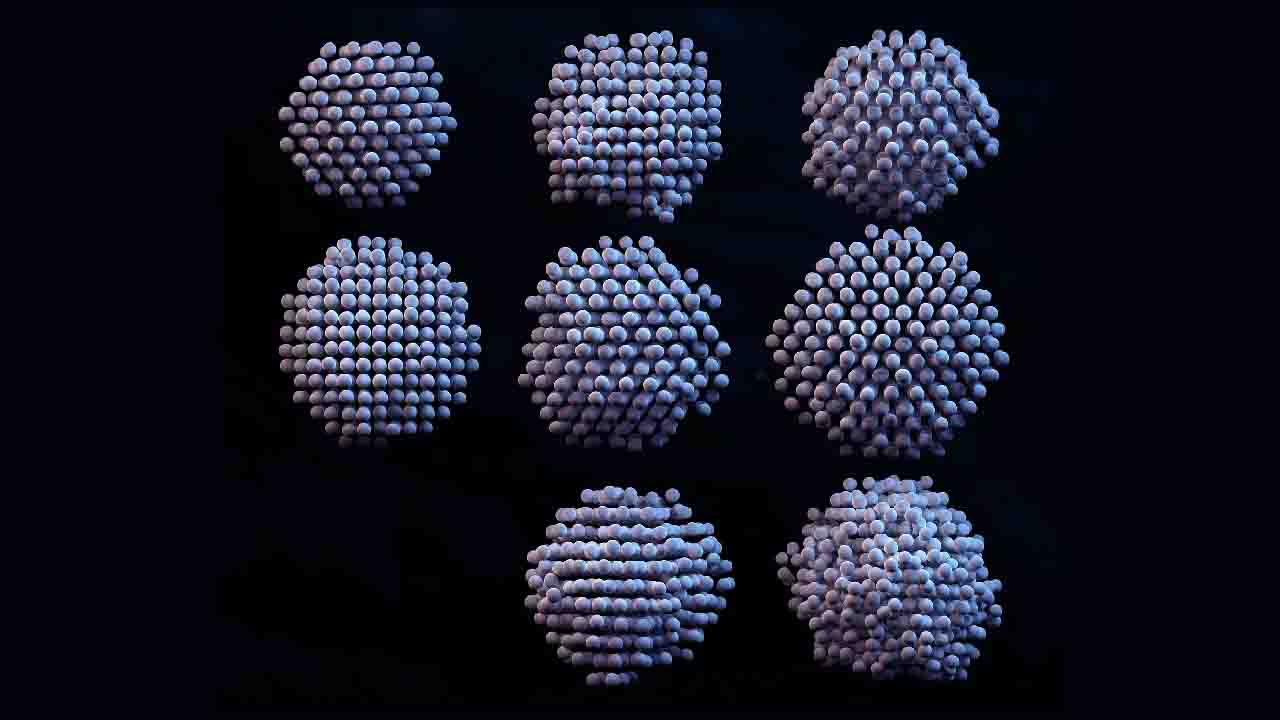Science & Technology, Australia (Commonwealth Union) – Nanoparticles have a wide range of applications, from drug delivery to environmental remediation. One of the most promising uses for nanoparticles is in medicine. Scientists are exploring ways to use nanoparticles to deliver drugs directly to cancer cells, which would reduce the side effects of chemotherapy. Nanoparticles can also be used to detect diseases at an early stage, allowing for more effective treatment.
Nanoparticles are also being used in electronics. They can be used to make smaller, faster computer chips and to create more efficient solar panels. Nanoparticles are also being used in the development of flexible electronics, which can be integrated into clothing or other wearable devices.
Physicists at The Australian National University (ANU) together with the University of Adelaide have utilized nanoparticles for the production of new sources of light that makes it possible to get greater insights into the world of extremely tiny objects, that 1000s of times finer than a human hair. This can result in significant advantages for medical together with other technologies according to the researchers.
The study that appeared in Science Advances, may lead to significant implications for medical science by providing economical and effective remedies to analyze tiny objects that are extremely tiny in their visibility for microscopes. The work may also provide advantages for the semiconductor industry while enhancing quality control of the production of computer chips.
The technology applied carefully engineered nanoparticles that elevates the frequency of light that cameras as well as other technologies can be viewed by up to 7 times. Researchers indicated that there was restriction to the way high the frequency of light is possible to be raised. Having an increased frequency, the tinier the object we have a capability to view with the application of a light source.
The technology, needing only 1 nanoparticle to function, may be utilized with microscopes to assist scientists gain increased visibility into the world of super tiny objects at ten times the resolution of normal microscopes. This makes it possible for scientists to evaluate objects that would not have been possible to view, like the inner structures of cells as well as individual viruses.
Having the ability to analyze such tiny objects could assist researchers gain better knowledge and combat certain diseases as well as health conditions.
“Conventional microscopes are only able to study objects bigger than about ten-millionth of a metre. However, there is growing demand across a range of sectors, including the medical field, to be able to analyse much smaller objects down to one-billionth of a metre,”explained the lead author Dr Anastasiia Zalogina, of the ANU Research School of Physics as well as the University of Adelaide, also stating that their technology may assist in meeting this demand.
The scientists indicated that the ANU-developed nanotech may assist in forming a new generation of microscopes capable of forming greater detailed images.
“Scientists who want to generate a highly-magnified image of an extremely small, nanoscale object can’t use a conventional optical microscope. Instead, they must rely on either super-resolution microscopy techniques or use an electron microscope to study these tiny objects,” added Dr Zalogina who further indicated that however such methods are slow and the technology is quite costly, regularly going over than $1 million.
Dr Zalogina further indicated that another issue with electron microscopy is that it can destroy delicate samples being analyzed, whereas light-based microscopes resolve this problem.
Beams of light that are perceived as various colors of the rainbow are electromagnetic waves oscillating with various frequencies.
What was viewed as red had the lowest frequency that not visible to our eyes. Even lesser frequencies not seen by the human eye are known as infra-red. Violet has the largest light frequency visible to the eye. Ultraviolet, with an even greater frequency, is not visible to the human eye.








